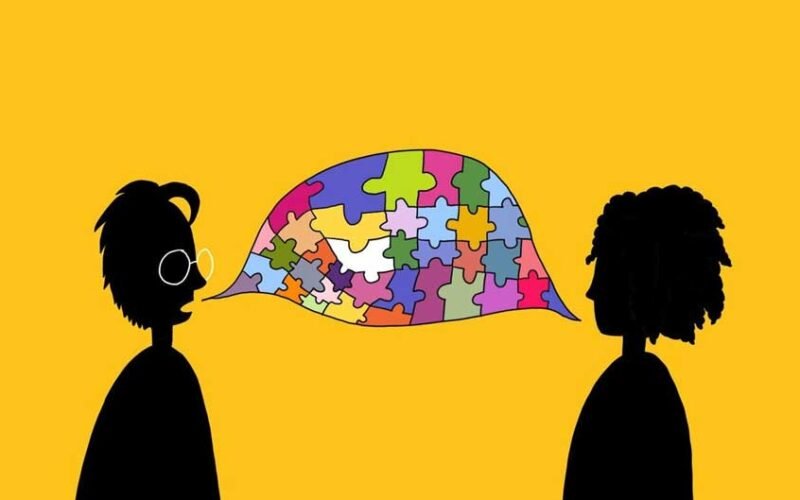Human behavior is endlessly fascinating. From how we make decisions to the reasons behind the words we choose, every small act tells a larger story. Most of the time, we go about our lives without thinking about the science behind our actions, but if we pause and reflect, we begin to notice patterns. Why do some people react with anger while others shut down? What drives someone to take a risk, tell a lie, or offer help to a stranger?
These are questions that don’t just live in psychology textbooks. They affect relationships, shape careers, and influence how we navigate the world. Whether you are a student of language, a curious reader, or someone interested in communication, understanding what drives behavior deepens your ability to connect with others and with yourself.
Language and Emotion Go Hand in Hand
One of the clearest places to observe human behavior is through language. The way someone speaks, their word choice, tone, and use of pauses, often reveal more than the words themselves. A person might say “I’m fine,” but their clipped tone or nervous laugh tells a different story. Language is rarely just functional. It is layered with emotion, history, and subconscious meaning.
When learning or analyzing English, paying attention to these nuances matters. It’s not just about grammar or vocabulary, but how those tools are used to express inner thoughts and motivations. For example, indirect language can suggest hesitation or cultural politeness. Sarcasm might mask insecurity. Repetition of certain words can reflect anxiety or emphasis. All of this contributes to the larger picture of who someone is and what they are trying to communicate.
Everyday Choices Reveal Deeper Motivations
Think about the choices people make in daily life. Someone picks the same seat on the train every morning. Another person always checks the locks twice before bed. These are habits, but they often reflect deeper emotional needs: comfort, control, safety.
Behavior analysts study these patterns and look for the “why” beneath the surface. Understanding what drives someone’s actions can help in teaching, therapy, business, and even storytelling. It is about reading between the lines of action, just like we learn to read between the lines of dialogue in literature or conversation.
This curiosity about behavior is not limited to classrooms or clinical settings. It can show up in small moments like why a friend avoids specific topics, why we procrastinate, or why we remember some stories more vividly than others. Every behavior is a clue, and learning how to observe them can sharpen not only empathy but also communication.
When Behavior Becomes More Complex
Sometimes, behavior crosses into territory that requires deeper examination, patterns that cause harm to self or others, or actions that seem disconnected from what we might expect. This is where the field of criminal behavior analysis comes in.
Criminal behavior analysis looks at why people commit crimes, what mental processes may contribute to their actions, and how professionals can prevent or intervene in dangerous situations. It blends psychology, forensics, sociology, and communication to build profiles, recognize warning signs, and offer solutions.
Even if you are not planning to work in criminal justice, understanding this field provides new ways to think about behavior, especially extreme behavior, and how society responds.
Behavior in Storytelling and Language
For writers, teachers, and language lovers, this study of behavior is especially rich. When we write dialogue or describe a character, we are essentially analyzing and crafting behavior. We decide how a character walks into a room, what they do with their hands, and how they respond under stress.
Great storytelling happens when we get human behavior right. Think of how many stories hinge on misunderstandings, body language, or silence. These moments carry the emotional weight. When we understand how behavior communicates, we improve not only our writing but also our ability to read between the lines in real life.
This is also useful when studying English literature or engaging in communication-based careers. Understanding behavioral cues can enhance a student’s interpretation of a text, help a teacher connect more deeply with students, or allow a manager to recognize a stressed employee before burnout sets in.
Observing with Curiosity, Not Judgment
At the heart of this exploration is a simple yet powerful principle: observe without judgment. People are shaped by many things — upbringing, trauma, beliefs, environment — their behavior reflects that. Instead of labeling someone as difficult or cold, what if we asked what might be happening underneath?
This shift in thinking fosters empathy. It encourages better listening. It softens conflict. Whether we’re learning a new language, trying to connect with others, or simply curious about the human experience, this mindset creates space for deeper understanding.
Understanding the Story
Understanding behavior is a lifelong process. It is as simple as noticing a friend’s nervous habit or as complex as analyzing criminal patterns. In every case, it helps us become better communicators, storytellers, learners, and humans. The more we tune in, the more connected and compassionate we become.
So next time you observe someone’s actions or your own, ask yourself not just what happened, but why. You might find that behind every behavior is a story worth understanding.






